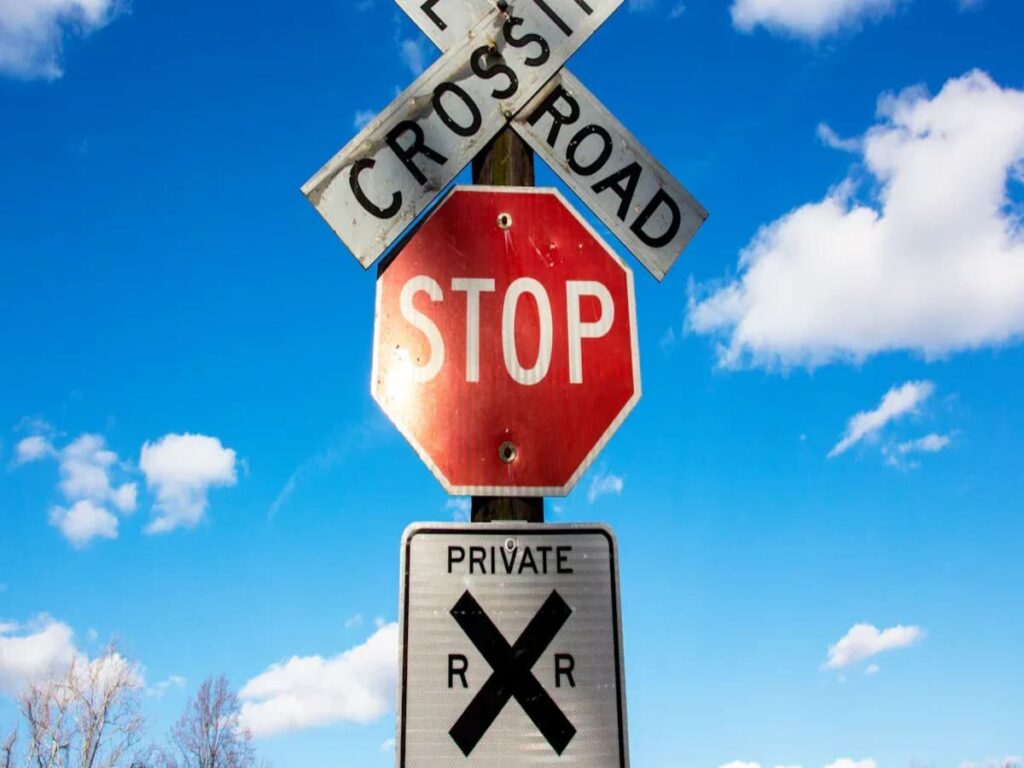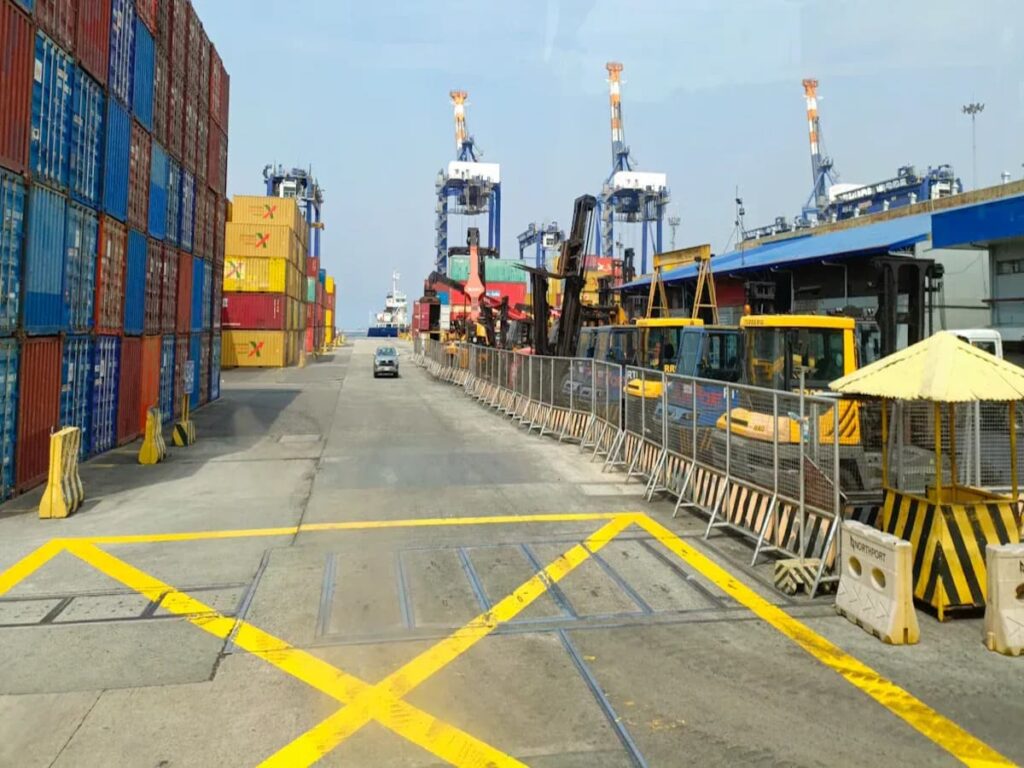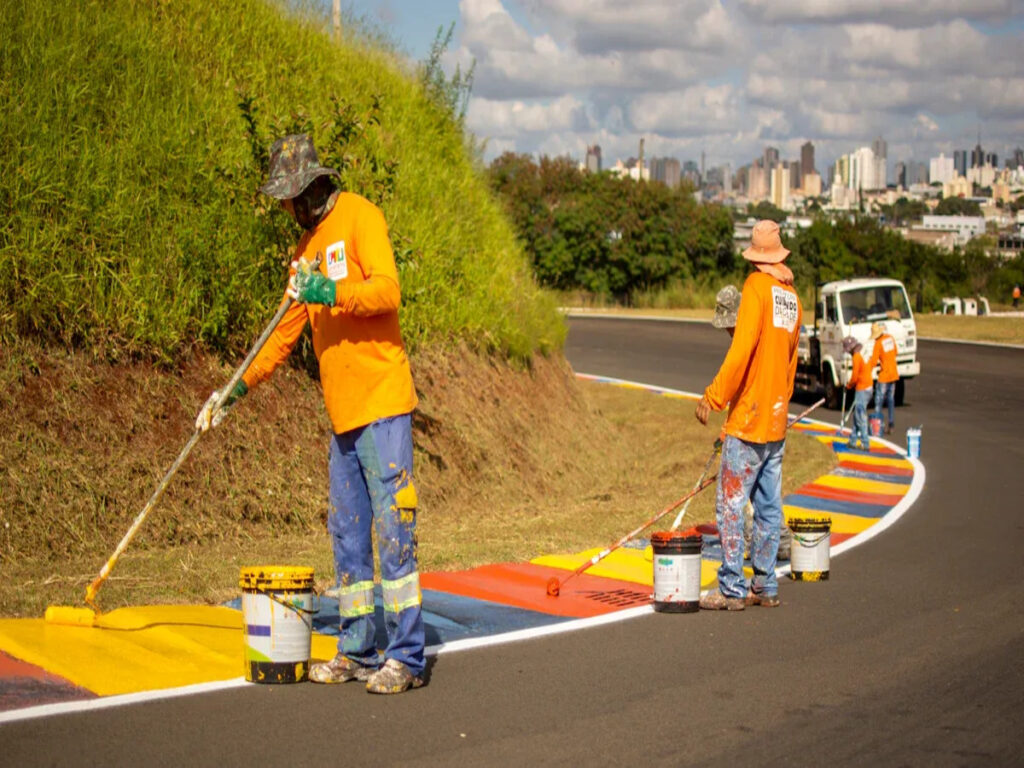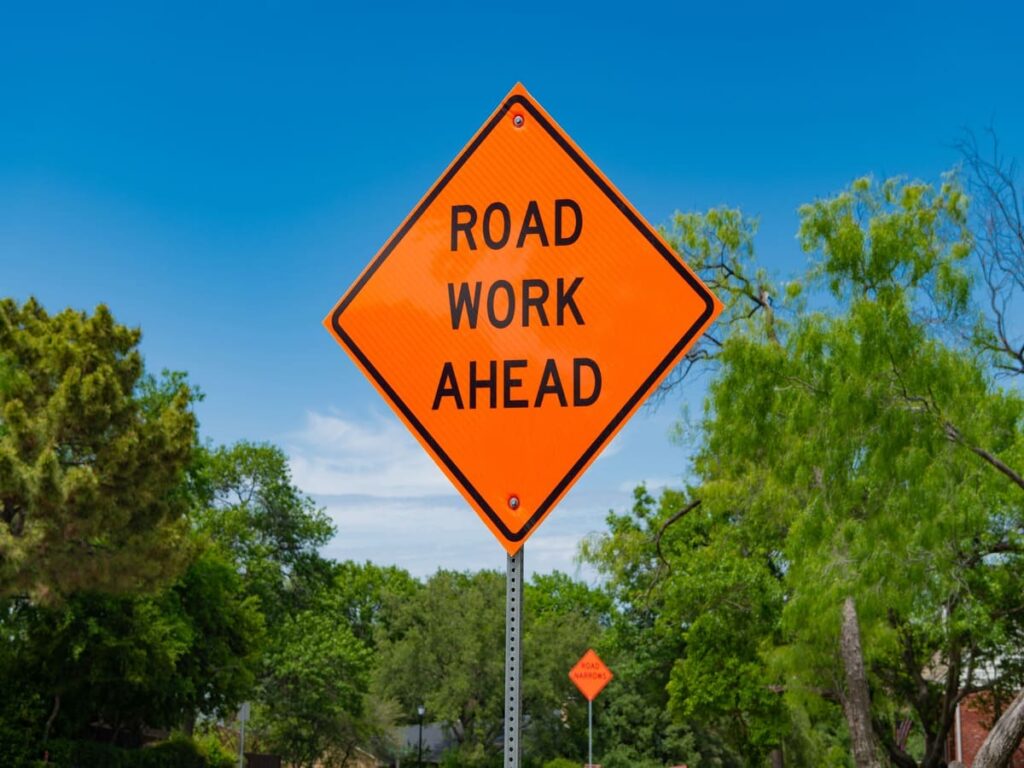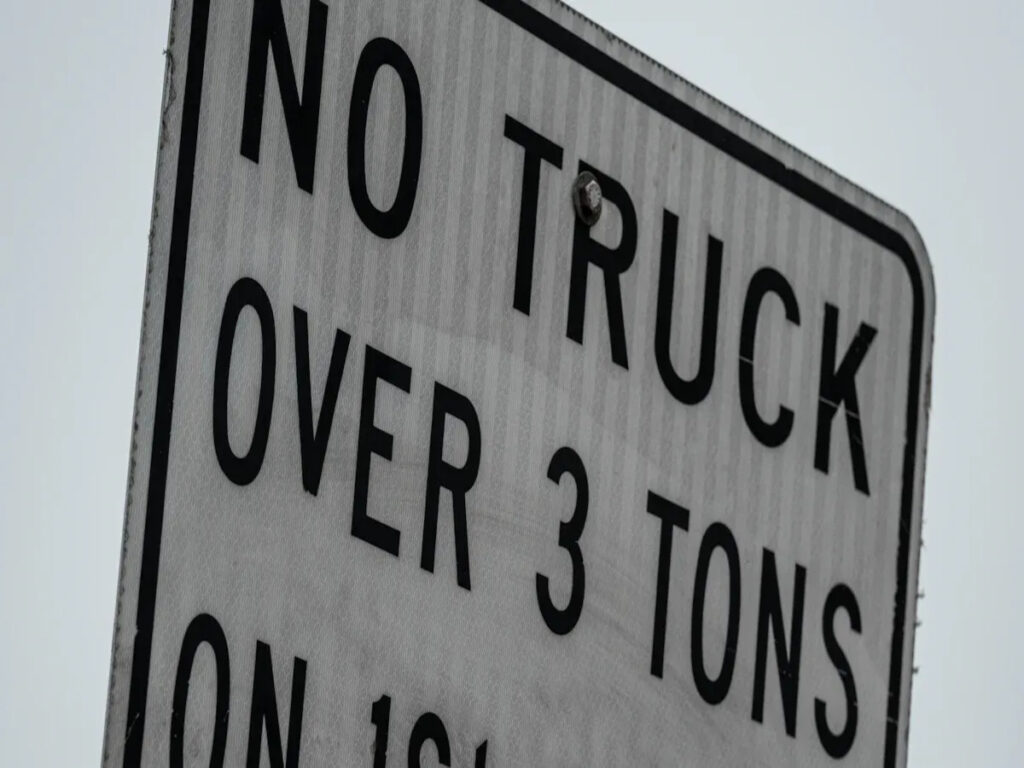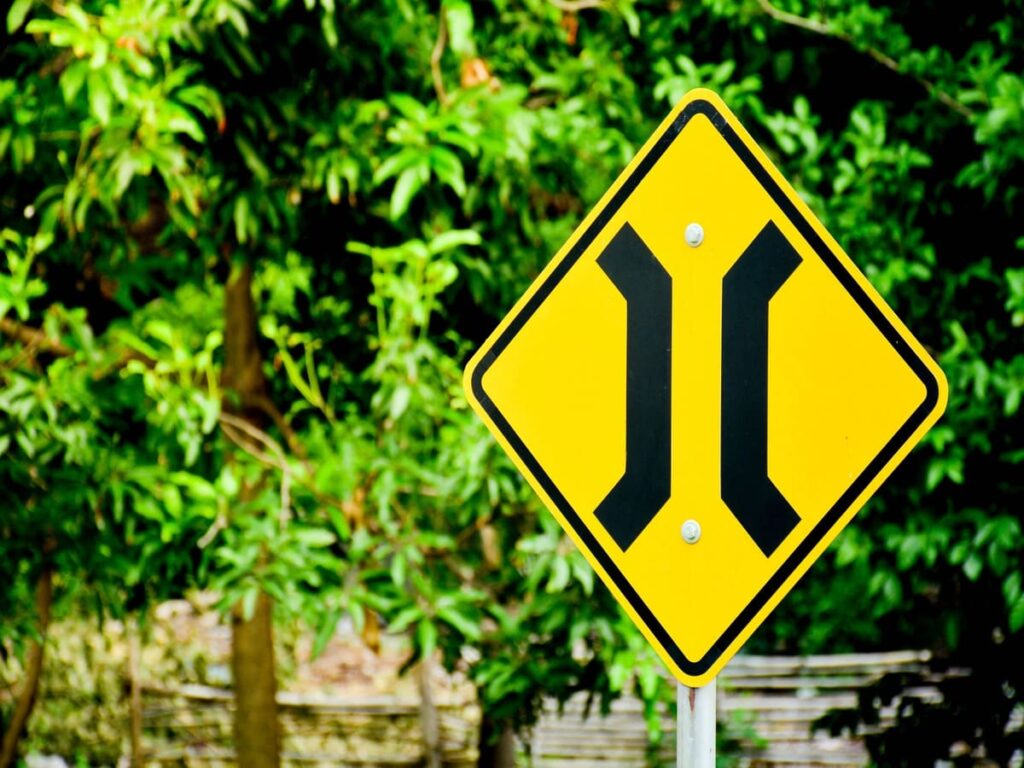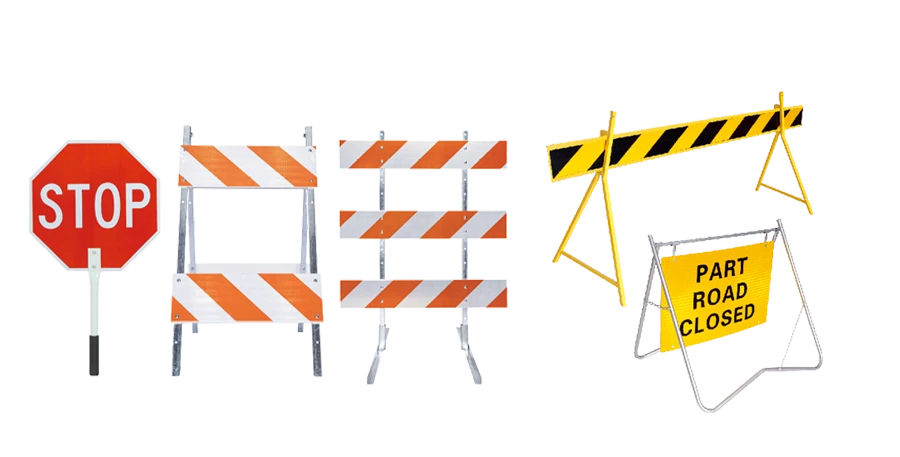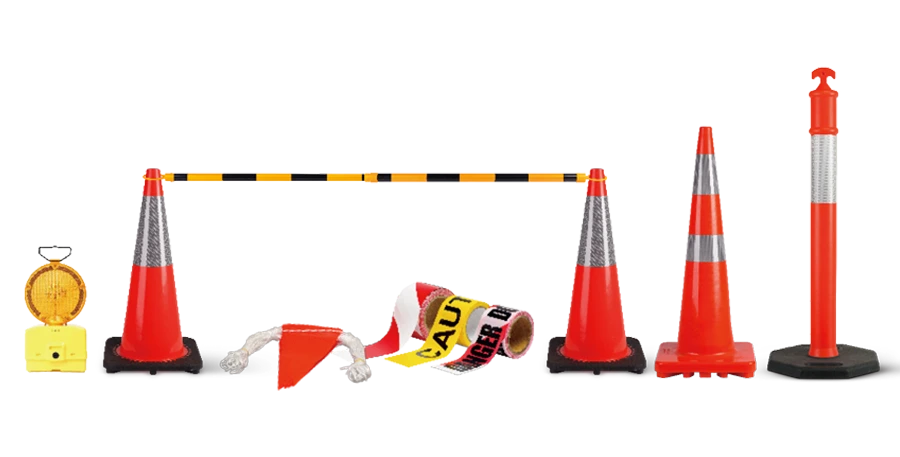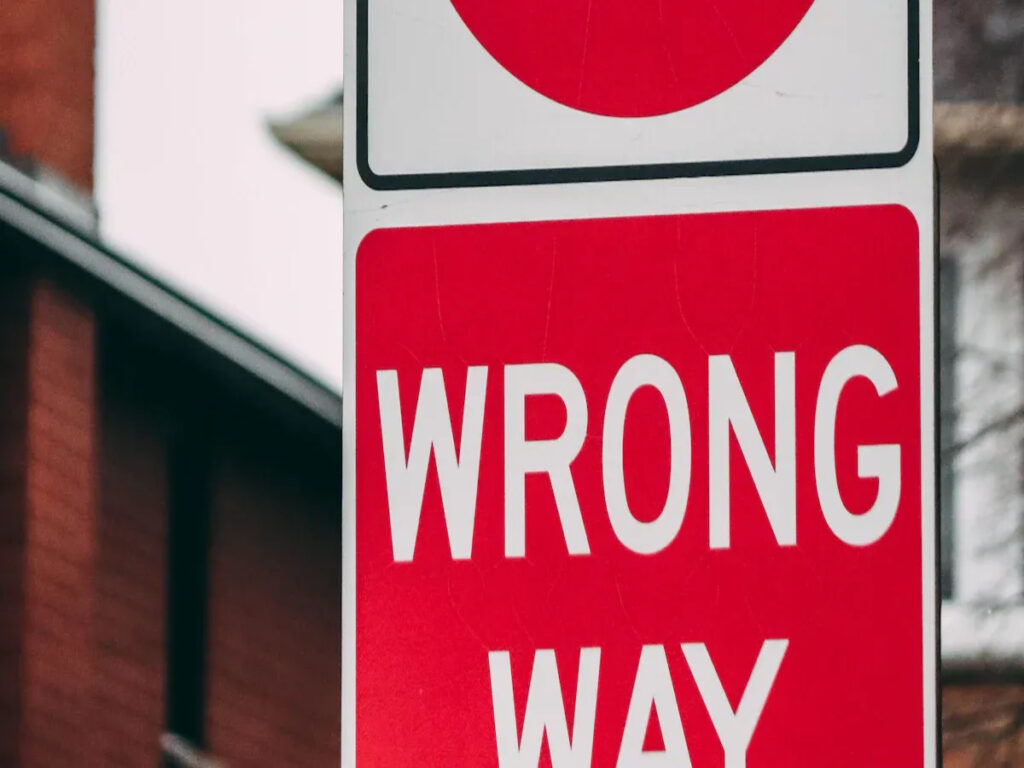
You often see mistakes with traffic sign sizes in many UK sign projects. Se usi le dimensioni sbagliate, you risk non-compliance with tsrgd and the traffic signs regulations and general directions. Small signs can make traffic dangerous and lead to failed inspections. When you ignore the traffic signs manual, you increase costs and face sign rejection. Always check that your signs follow tsrgd and fit the correct traffic environment. Proper sign sizing keeps your project safe and legal.
A OPTRAFFICO, we help contractors and councils avoid costly compliance issues by supplying UK-standard signs in the correct sizes for every road type. Our team understands the regulations and works with you to make sure your signage meets all legal and safety requirements from day one.
Takeaway chiave
- Always use TSRGD rules and the Traffic Signs Manual. These help you pick the right sign size and x-height for each road.
- Make a checklist for every sign project. Check the road type, velocità, message length, and panel size before making the sign.
- Do not use one size for all signs. Match the sign size to the road and message so people can see it clearly.
- Look at your drawings very carefully. Check the scale and unit changes to stop mistakes that break the rules.
- Keep good records and get clear sign-off. This helps everyone know the design and stops expensive mistakes.
Traffic Sign Sizes: Common Errors

Non-Compliant Sizes
You need to make sure your traffic sign sizes follow Regole di Tsrgd. Many people get confused about x-height or do not use the right diagrams. Se un segno è troppo piccolo, I conducenti potrebbero perderlo. Per esempio, UN 50 mm x-height on a fast road is too hard to read. This can cause crashes and failed checks. Do not trust only pictures or marketing drawings. Always use the diagrams in the traffic signs manual and check your design with TSRGD. If you skip this, local authorities might not accept your signs.
Mancia: Always measure the real size of your sign, not just the drawing. Drawings can look correct but might not be safe for real roads.
Generic or Standard Sizes
You may think one size works for all signs, but that is not true. Using a standard size can break TSRGD rules. Per esempio, using the same panel for street name signs and warning signs makes them hard to read. Each sign and road needs its own design. Capitolo 7 diagrams show the right x-height and panel size for each case. If you use a standard size without checking, your signs might not be clear. This mistake happens when people rush or copy old designs.
- Always match your traffic sign sizes to the road speed and message length.
- Use the diagrams in the traffic signs manual for every new project.
- Check that your street name signs follow the correct x-height for the area.
Urban vs Highway Signs
You need different traffic sign sizes for urban and highway roads. Urban areas have lots of signs and lights, so your sign must stand out. Highways have faster cars and longer views, so you need bigger signs and x-heights. If you use small urban signs on a highway, drivers might not see them. This can confuse people and cause crashes.
Here is a table to help you see the differences:
| Ambiente | Recommended Sign Height (piedi) | Key Considerations and Common Mistakes |
|---|---|---|
| Aree urbane | 8 A 12 | Shorter sightlines, strade trafficate, lots of signs and lights. Common mistakes: signs too low (blocked by parked cars or barriers) or too high (drivers cannot see them easily), making them less useful and more risky. |
| Autostrade | 7 A 10 (typical), A volte 20 A 40 for taller signs | Longer sightlines, faster cars, wider roads. Mistakes: signs too low (blocked by cars or roadside things) or too high (hard to read quickly), which can confuse drivers and cause crashes. |
Wrong placement and size can be very dangerous. In towns, signs too low can be hidden by parked cars, so drivers miss speed changes near schools. Sulle autostrade, signs too high or too small have caused big accidents. Always use the diagrams and tsrgd to keep your signs safe and clear.
Nota: Always check your design and diagrams before putting up any road sign. This helps you avoid mistakes and keeps your signs legal.
Visibility and Legibility Issues
Small Fonts and Panels
You need to use the right font size and panel size. If the font is too small, drivers cannot read the sign in time. This often happens when you use the same panel for every road. It also happens if you do not follow TSRGD rules. Per esempio, UN 50 mm x-height is too small for fast roads. Drivers have less time to see and react to the sign. Segnali di avvertimento help drivers get ready for what is ahead. If the sign is not clear soon enough, Gli incidenti possono accadere. Drivers might not remember every sign, but clear signs still guide them. Small panels can make the layout cramped and symbols too close together. This can break the rules. Always check the TSRGD tables for the smallest x-heights and panel sizes before you finish your design.
Cluttered or Overcrowded Signs
Do not put too much information on your signs. Too many words or symbols make it hard for drivers to understand quickly. If the sign is crowded and the size is wrong, drivers make more mistakes. Studies show drivers look at signs only when they are close. If the sign is busy, drivers need more time to read it. This gives them less time to react. Keep your design simple and follow tsrgd rules for space and layout. Use clear road markings and do not mix too many messages on one sign.
Mancia: Use bullet points or clear sections on complex signs to make them easier to read.
Placement and Environment
Think about where you put your signs and what is around them. Tempo atmosferico, trees, and other things can block the view. Put your signs at the right height and angle. Follow TSRGD and local rules. Signs should be outside clear zones and away from trees or poles. If you put signs in the same place every time, drivers know where to look. Use reflective coatings and strong materials so signs stay visible in bad weather and at night. Check your signs and road markings often to make sure nothing blocks them. Good placement and care keep your street name signs, Segnali stradali, and road markings working well and following the rules.
TSRGD and Manual Compliance
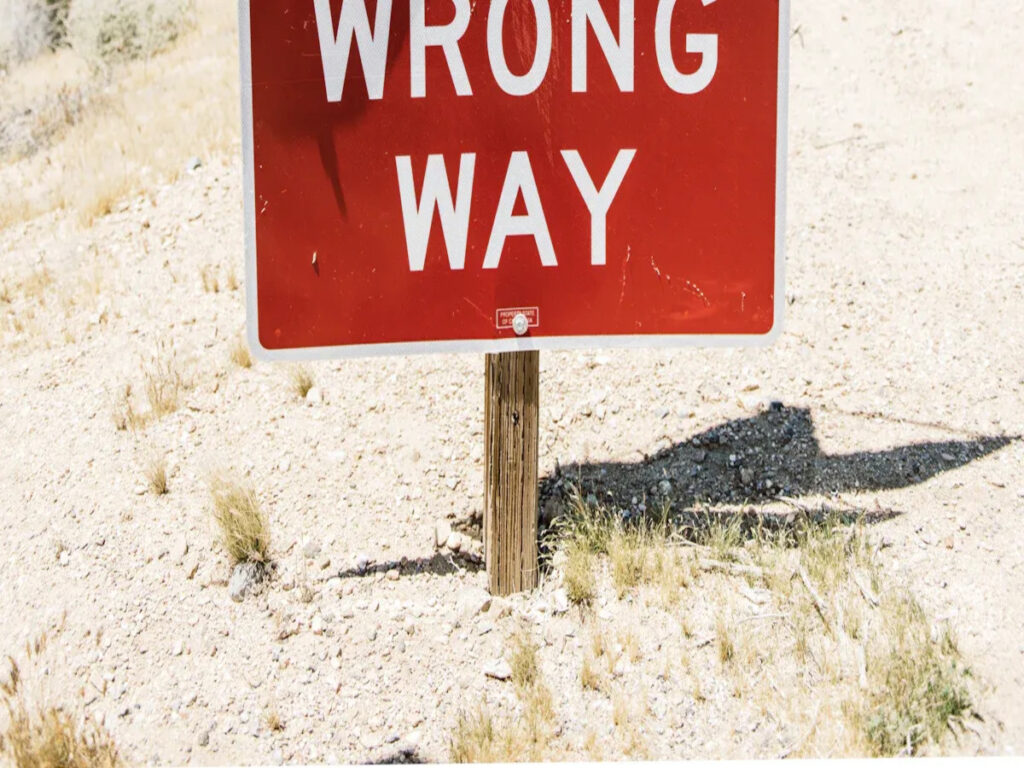
The TSRGD and the traffic signs manual give you clear rules for every sign project. You must follow these regulations to keep your signs legal and safe. The guidance in these documents covers everything from sign size to placement and materials. If you ignore the diagrams or skip steps, you risk non-compliance. This can lead to failed inspections, extra costs, E persino problemi legali.
The traffic signs regulations and general directions require you to check every detail. You must use the correct x-height, panel size, e materiali riflettenti. The diagrams in the manual show you how to match sign and lettering sizes to the speed of traffic. You also get guidance on where to place signs, how high to mount them, and how to keep them visible. Ispezioni regolari, usually every 12 A 24 mesi, help you catch mistakes early. In aree trafficate, you may need to check signs every 6 A 12 mesi.
Here are some key points from the TSRGD and the traffic signs manual:
- Sign and lettering sizes must match the speed of approaching traffic for good legibility.
- You must use standard alphabets for different backgrounds.
- Uniformity in sign use, altezza di montaggio, and reflectorisation keeps roads safe.
- Place signs where drivers can see them clearly, away from trees or other obstructions.
- Limit the number of destinations on directional signs to avoid clutter.
- Use direct lighting for motorway signs and reflectorisation for most others.
If you miss these steps, you risk non-compliance. This can lead to legal penalties, more accidents, and unhappy road users.
Skipping Size Validation
You must always check your traffic sign sizes before production. Many people skip this step, especially when working fast or under pressure. If you do not validate the size, you may end up with signs that do not meet TSRGD information. Per esempio, using the wrong x-height or panel size can make your signs hard to read. The diagrams in the traffic signs manual give you the correct measurements for each road type and speed. Always use these diagrams and double-check your work.
Mancia: Create a checklist for every project. Include road speed, x-height, panel size, and message length. This helps you avoid missing any important step.
Skipping size validation often leads to signs being rejected during inspection. You may have to replace or redo signs, which costs time and money. Regular checks and following the design guidance in the manual keep your project on track.
Drawing Scale vs Actual Size
You must understand the difference between drawing scale and actual traffic sign sizes. Many people get confused by scale ratios like 1:25 O 1:50. If you misread the scale, your signs may end up too small or too large. This is a common mistake in UK sign projects. The diagrams in the traffic signs manual show you the correct sizes, but you must apply the scale correctly.
When you work with drawings, always use a scale ruler. This tool helps you convert measurements from the drawing to real-world sizes. Se salti questo passaggio, you risk making signs that do not meet tsrgd requirements. Even a small error in scale can lead to non-compliance. You may have to redo the work, which wastes time and money.
Nota: Always check the scale on your drawings before you start production. Ask someone else to review your measurements if you are unsure.
Unit Conversion Errors
Unit conversion errors can cause big problems in sign projects. You may see measurements in millimetres, centimetres, or inches. If you mix up these units, your signs will not match the diagrams in the tsrgd. Per esempio, 600 mm is not the same as 24 pollici. Even a small mistake can make your signs non-compliant.
The design guidance in the traffic signs manual uses metric units. Always check your measurements and convert them carefully. Use a calculator or a conversion chart if you need help. Double-check your work before you order or make any signs.
Here is a quick table to help you with common conversions:
| Millimetres (mm) | Inches (“) |
|---|---|
| 450 | 17.7 |
| 600 | 23.6 |
| 750 | 29.5 |
| 900 | 35.4 |
| 1200 | 47.2 |
If you use the wrong units, your signs may not fit the mounting hardware or meet tsrgd standards. This can lead to failed inspections and extra costs. Always follow the diagrams and guidance in the manual to avoid these mistakes.
Ricordare: Consistent checking and following the diagrams in the tsrgd keep your signs safe, legale, e facile da leggere.
Pre-Check and Best Practices
Sizing Checklist
You can stop most sizing mistakes by using a simple checklist. A checklist helps you spot problems early and keeps your work right. Always check what kind of road you are working on. Make sure you pick the correct x-height for your signs. Look at how long your message is and see if the panel fits the words and symbols. Check that your signs follow the Traffic Signs Manual.
Here is an easy checklist for every sign project:
- Find out if the road is urban, rurale, or a motorway.
- Check the speed limit and the x-height you need.
- Measure how long the message is and the panel size.
- Look at the space between symbols and the layout.
- Match your design with the official diagrams.
- Make sure you use millimetres, not inches.
- Plan to clean and check the signs often.
Mancia: Use this checklist each time you design a new sign. It helps you avoid mistakes and keeps your signs safe and legal.
Documentation and Sign-Off
You need good records and a clear sign-off to stop sizing mistakes. Keeping full records makes sure everyone knows what the project needs. The Project Initiation Documentation (PID) puts all the main details in one place. When business sponsors sign the PID, you all agree on the goals, Rischi, and controls. This helps everyone understand the sign design and size.
When you finish the project, give all the paperwork to the next team. This should have all the design details, sign rules, and cleaning plans. Good talks between teams mean nothing gets missed. If you hand over a project with clear records, you lower the chance of mistakes in signs or markings. It also makes it easier to look after the signs later because all the details are easy to find.
Nota: Careful records and sign-off help stop costly mistakes. They help you make signs that follow all the rules and keep people safe.
You can stop expensive mistakes in traffic sign projects by following tsrgd rules. People often use the wrong size, forget to check their work, or do not understand the type of road. These mistakes can make roads unsafe and cause signs to fail checks.
To avoid these common errors and make sure your signs meet all UK requirements, Leggi il nostro blog: Una guida completa alle dimensioni dei segnali stradali del Regno Unito per acquirenti e appaltatori.
Domande frequenti
What happens if you use the wrong sign size?
You risk failing inspections and making roads unsafe. Signs that are too small or too large can confuse drivers. Local authorities may reject your signs. You may need to replace them, which costs more money and time.
How do you choose the right x-height for a sign?
You must match the x-height to the road speed. Per esempio, use at least 50 mm for 30 mph roads. Utilizzo 100 mm or more for roads with higher speeds. Always check the Traffic Signs Manual for the correct size.
Can you use the same sign size for every road?
NO, you cannot. Each road type needs a different sign size. Urban roads, strade rurali, and motorways all have different requirements. You should always check the rules before you order or install signs.
Where can you find official guidance for traffic sign sizes?
You can find official guidance in the Traffic Signs Manual and TSRGD. These documents help you see all signs and their correct sizes. Always use them to make sure your signs follow the law.

